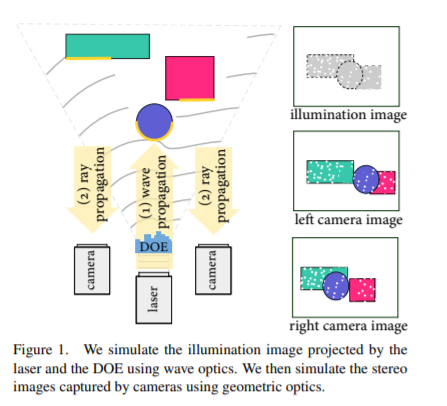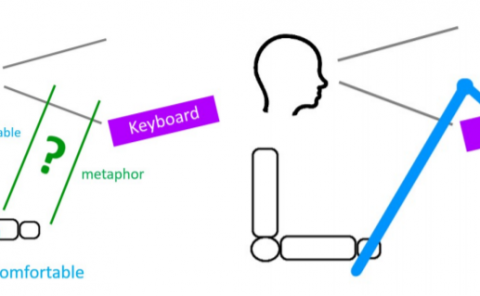Polka Lines: Learning Structured Illumination and Reconstruction for Active Stereo
PubDate: Nov 2020
Teams: Princeton University
Writers: Seung-Hwan Baek, Felix Heide
PDF: Polka Lines: Learning Structured Illumination and Reconstruction for Active Stereo

Abstract
Active stereo cameras that recover depth from structured light captures have become a cornerstone sensor modality for 3D scene reconstruction and understanding tasks across application domains. Active stereo cameras project a pseudo-random dot pattern on object surfaces to extract disparity independently of object texture. Such hand-crafted patterns are designed in isolation from the scene statistics, ambient illumination conditions, and the reconstruction method. In this work, we propose a method to jointly learn structured illumination and reconstruction, parameterized by a diffractive optical element and a neural network, in an end-to-end fashion. To this end, we introduce a differentiable image formation model for active stereo, relying on both wave and geometric optics, and a trinocular reconstruction network. The jointly optimized pattern, which we dub “Polka Lines,” together with the reconstruction network, makes accurate active-stereo depth estimates across imaging conditions. We validate the proposed method in simulation and using with an experimental prototype, and we demonstrate several variants of the Polka Lines patterns specialized to the illumination conditions.


